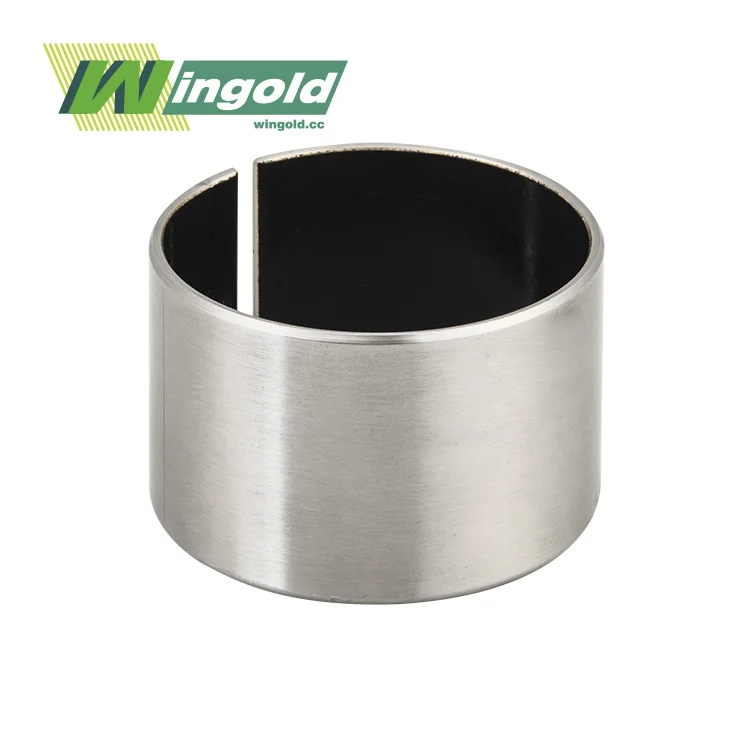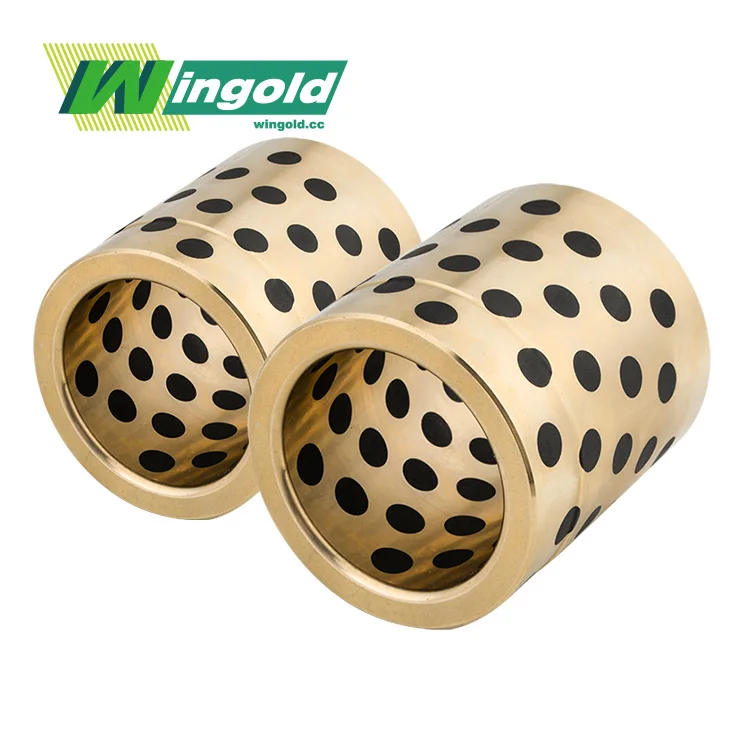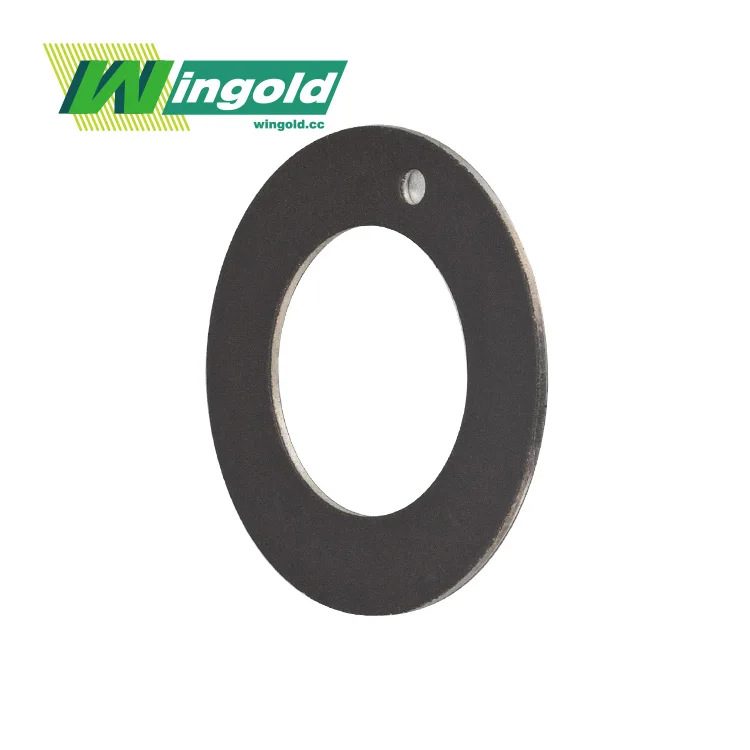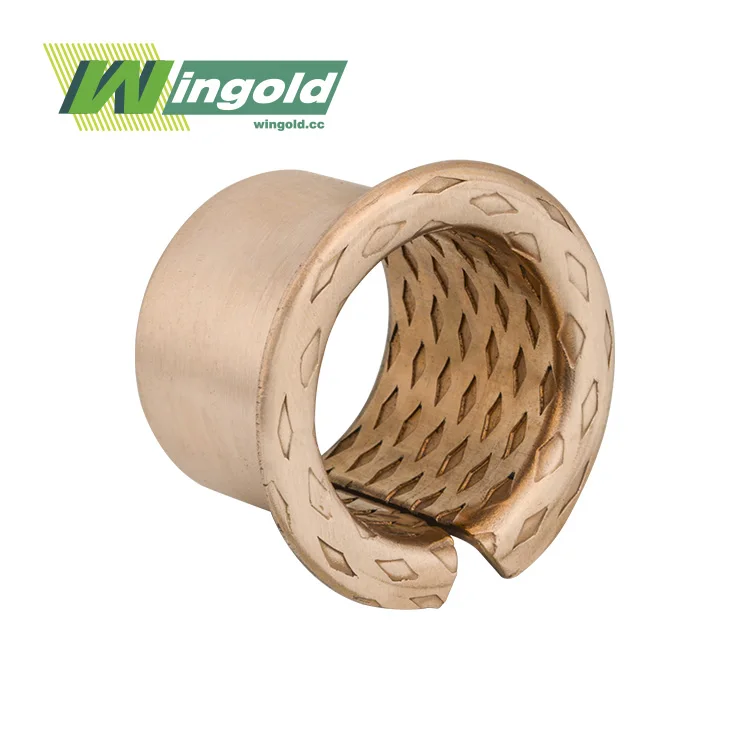The Unique Properties of 1 ID Bronze Bushings for High-Temperature Applications

Bronze bushings with a 1-inch inner diameter (ID) have emerged as a game-changer in the world of high-temperature bearings. These precision-engineered components boast a remarkable set of properties that make them exceptionally well-suited for extreme thermal environments. The bronze alloy used in these bushings, typically SAE 660 or SAE 620, exhibits excellent thermal stability, maintaining its structural integrity and performance characteristics even when subjected to temperatures as high as 150°C (302°F).
One of the standout features of 1 ID bronze bushings is their impressive wear resistance. The unique metallurgical composition of the bronze alloy creates a surface that can withstand prolonged friction and abrasion, even under high-temperature conditions. This characteristic is crucial in applications where component longevity is paramount, as it significantly reduces the frequency of replacements and associated downtime.
Moreover, these bushings possess self-lubricating properties, a trait that becomes increasingly valuable as temperatures rise. The porous structure of the bronze material allows it to retain lubricants, creating a thin film that reduces friction between moving parts. This self-lubrication capability is particularly advantageous in high-temperature scenarios where conventional lubricants may break down or evaporate rapidly.
Thermal Conductivity and Dimensional Stability
Another outstanding trait of bronze bushing 1 ID is their amazing warm conductivity. This property permits for productive warm scattering, making a difference to keep up more reliable temperatures over the bearing surface and possibly amplifying the operational life of both the bushing and the apparatus it underpins. The capacity to conduct warm absent from basic zones can anticipate localized hot spots that might something else lead to untimely disappointment.
Dimensional stability is yet another crucial factor that sets these bronze bushings apart in high-temperature applications. Unlike some materials that may expand or warp significantly when exposed to heat, bronze maintains its shape and size with minimal deviation. This stability ensures that the 1-inch inner diameter remains consistent, preserving the tight tolerances required for optimal performance in precision machinery.
Advantages of 1 ID Bronze Bushings Over Traditional High-Temperature Bearing Solutions
When compared to routine high-temperature bearing arrangements, 1 ID bronze bushings offer a few unmistakable preferences that make them an appealing choice for engineers and architects. One of the most noteworthy benefits is their predominant load-bearing capacity. In spite of their compact measure, these bushings can withstand loads of up to 4,000 psi (27.6 MPa), making them reasonable for heavy-duty applications in high-temperature situations.
The corrosion resistance of bronze bushings is another factor that sets them apart from traditional alternatives. In many high-temperature scenarios, machinery may be exposed to corrosive elements or atmospheric conditions. The inherent corrosion resistance of bronze allows these bushings to maintain their integrity and performance even in such challenging environments, outlasting many other bearing materials.
Cost-effectiveness is an often-overlooked advantage of 1 ID bronze bushings. While the initial investment may be higher than some alternatives, the long-term benefits in terms of reduced maintenance, fewer replacements, and increased machinery uptime can result in significant cost savings over the life of the equipment. This makes bronze bushings an economically viable choice for industries where high-temperature operations are the norm.
Versatility and Customization
The versatility of bronze bushing 1 ID is unparalleled in the realm of high-temperature bearings. These components can be customized to suit a wide range of applications, with variations in outer diameter, length, and even alloy composition to meet specific requirements. This adaptability allows engineers to optimize the bushing design for particular thermal, load, and environmental conditions, ensuring peak performance across diverse industrial applications.
Furthermore, the surface of these bushings can be engineered to include specialized features such as diamond or hemispherical oil holes and oil grooves. These modifications can enhance lubrication distribution and retention, further improving the bushing's performance and longevity in high-temperature scenarios. The ability to tailor these components to such a degree makes them an invaluable asset in the design of advanced machinery for extreme thermal environments.
Future Prospects and Innovations in 1 ID Bronze Bushing Technology
As industries continue to push the boundaries of what's possible in high-temperature operations, the future of 1 ID bronze bushings looks increasingly promising. Ongoing research and development efforts are focused on enhancing the already impressive properties of these components, with particular emphasis on expanding their temperature range and further improving their wear resistance.
One area of innovation lies in the development of advanced bronze alloys. Metallurgists are exploring new compositions that could potentially increase the maximum operating temperature of bronze bushings beyond the current 150°C limit. These next-generation alloys aim to maintain the desirable properties of bronze while pushing the envelope of thermal resistance, opening up new possibilities for high-temperature applications.
Another exciting frontier is the integration of smart technologies with bronze bushings. The incorporation of sensors and monitoring systems directly into the bushing structure could provide real-time data on temperature, wear, and performance. This level of monitoring would allow for predictive maintenance strategies, optimizing the lifespan of the bushings and preventing unexpected failures in critical high-temperature machinery.
Sustainable Manufacturing and Material Recycling
The future of bronze bushing 1 ID also involves a growing focus on sustainability. Manufacturers are investing in more energy-efficient production processes and exploring ways to minimize waste during the manufacturing of these components. Additionally, the recyclability of bronze is becoming an increasingly important factor, with efforts underway to develop closed-loop recycling systems that can reclaim and reprocess used bushings into new, high-quality components.
As environmental considerations become more prominent in industrial decision-making, the ability to recycle and reuse bronze bushings may give them a significant advantage over less recyclable bearing materials. This aspect of sustainability could further cement the position of 1 ID bronze bushings as a forward-thinking solution for high-temperature applications in the years to come.
Conclusion
Bronze bushing 1 ID is undeniably at the forefront of high-temperature bearing technology. Their unique combination of thermal stability, wear resistance, and adaptability positions them as a crucial component in the future of extreme-environment machinery. As industries continue to demand more from their equipment, these bronze bushings offer a reliable, efficient, and sustainable solution to the challenges posed by high-temperature operations.
The ongoing innovations in alloy composition, smart integration, and sustainable manufacturing practices suggest that the potential of 1 ID bronze bushings is far from fully realized. As research progresses and new applications emerge, we can expect these components to play an increasingly vital role in pushing the boundaries of what's possible in high-temperature industrial processes.
For those seeking to leverage the advantages of bronze bushing 1 ID in their high-temperature applications, Jiashan Wingold Bearing Co., Ltd. stands ready to provide expert guidance and high-quality solutions. To learn more about how our bronze bushings can revolutionize your high-temperature operations, please contact us at info@wingold.cc.



